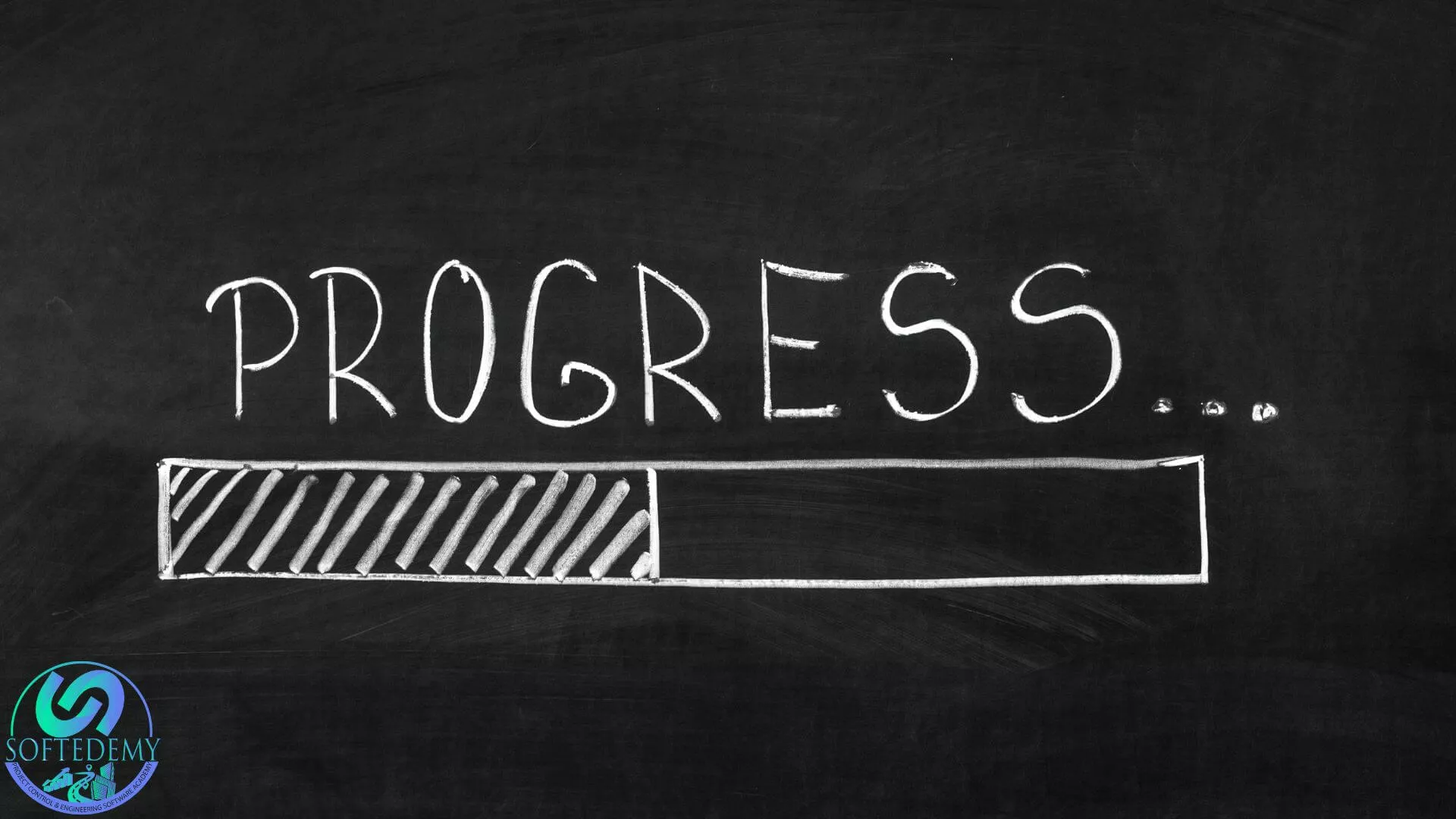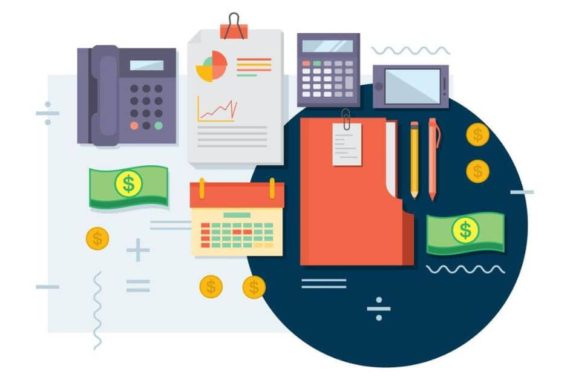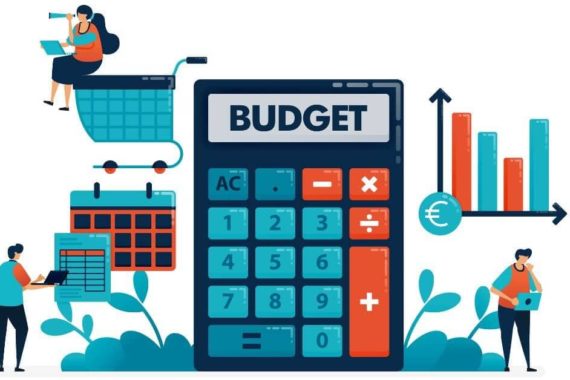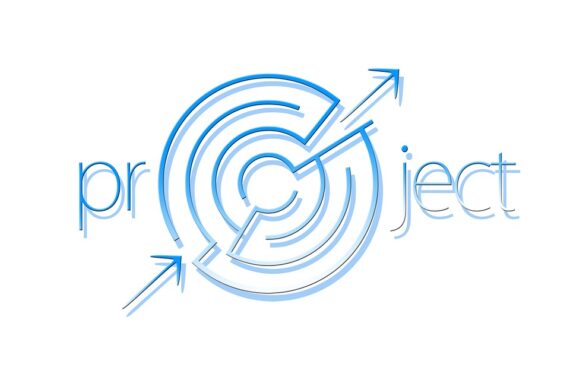
Introduction
It’s common to think of project planning as a linear process that starts with identifying a problem, then defining the scope and objectives, and finally executing the plan on time and within budget. The truth is that the process of project planning is fluid, with many moving parts. Understanding how to manage these moving parts can help projects stay on track while allowing for necessary adjustments throughout. In this post we’ll explore different tools and techniques you can use to improve your project management skills at each stage of the process.
A planning control cycle is a series of steps that solves a problem.
A planning control cycle is a series of steps that takes you from problem identification to decision implementation and back again. The steps in a typical planning control cycle are:
- Identify the problem
- Define the problem
- Gather data about the situation
- Analyze the data and make decisions based on it
- Implement those decisions
Identify the Planning Control Cycle.
The Planning Control Cycle is a problem-solving process, which consists of a series of steps that solve problems. The goal is to identify the planning control cycle and then use it to help improve project outcomes.
Value of Planning Control Cycle and Why You Should Care
The most important thing to understand about planning control cycles is that they are a tool used to manage the project. The purpose of this article is to help you better understand why you should care about them and how you can use them in your own projects.
The first step in planning for any project is defining its scope, which includes identifying all the tasks needed to complete it and the resources required for each task. This process involves creating a schedule baseline by listing out all work packages and time estimates, then comparing these estimates against cost estimates. This comparison helps identify where cost overruns could occur, as well as areas where more time may be needed than originally estimated because of unforeseen issues like design reviews or poorly defined requirements.
What is a Planning Control Cycle
A planning control cycle is a series of steps that solves a problem. It is a repeatable process, which means you can use it again and again to solve different problems. A planning control cycle is also known as a solution to a problem.
Different Categories of Tools and Techniques that are Involved in the Process of Planning a Project
In this section, I will introduce you to some of the tools and techniques that are involved in the process of planning a project. These tools and techniques help you manage your projects more effectively. These tools can be divided into three categories:
- Planning Tools: these are used to create a plan for a project.
- Control Tools: these help you monitor how well your team is doing against their plan at regular intervals during their work on the project.
- Decision-Making Tools: these help you make decisions about whether or not changes should be made to what has been planned for the project so far, so that it may continue to achieve its objectives.
Understand How Projects Evolve.
Before you can improve your project’s planning, it’s important to understand how projects evolve. As a project progresses, it will inevitably change on many different levels.
Projects change as they are executed: A team might use a different technology than originally planned or decide to employ new tools for testing or quality assurance. In addition, factors outside of the control of the team—maybe a critical supplier fails to deliver its product on time—can also impact their ability to execute the original plan. And because these adjustments tend to be made in response to unexpected events, it is often difficult for those involved with executing a project up front (such as managers and team leads) to keep track of what needs changing and when changes should happen. This process leads us into…
Organize Your Projects Into Common Categories.
The best way to organize your projects is by phases. You can break down the different phases of a project into milestones, and each milestone can be broken down into tasks that are assigned to individuals. This is helpful for keeping track of what needs to be done at any given time, as well as ensuring that each task is completed on schedule.
If you’re thinking about how this might work in practice, think about the planning process for a new building within an existing organization:
- Phase 1 would involve identifying need; developing requirements; and negotiating scope with stakeholders.
- Phase 2 would involve creating conceptual designs; gathering feedback on them from stakeholders; preparing construction documents; obtaining permits/licenses/approvals; bidding out contracts for physical construction (including pricing).
- Phase 3 would involve managing contractors during all phases of construction (supervising daily progress); coordinating schedules with other project teams (elevator installation firm, landscapers); dealing with delays caused by weather or materials shortages; resolving problems that arose during construction using mitigation measures such as adjusting budgets and rescheduling work shifts from one team member to another so everyone stays busy all day long instead having idle periods between jobs due lack busy period when there isn’t enough work coming in from clients who need our services right now but who aren’t willing pay us anything more than what we’ve already contracted price per hour rate set at contract start date which means if client comes back later wanting us do some extra work now because forgot something important earlier stage then expect additional fee paid out before starting new job).
Map Out Your Projects and Create a Process to Review Regularly.
Planning control cycles are essential to the success of any project. A well-executed planning control cycle ensures you have a clear picture of your progress, and helps you to make adjustments when needed. To get started, take the following steps:
- Create a process that includes all of the steps in your planning and review process. Make sure it also includes all people involved in each step, as well as all information necessary for completing each step (and possibly some additional information). Finally, make sure resources are available at each stage in order to complete work successfully without delay or hindrance.
- Map out your projects ahead of time so they’re easier to follow later on–this is especially true if they involve multiple stakeholders with differing priorities or interests!
Preparing for Change in Your Project Management Timeline.
Preparing for change in your project management timeline is an important part of managing projects. Change is inevitable, and you should always be prepared to change your plan when necessary. If a change occurs, it’s important to react quickly and effectively while keeping the goals of your project in mind.
You can take several steps to prepare for changes in planning schedules:
- Understand the nature of change
- Be flexible
- Be prepared to adjust plan as needed
Project management is about solving problems.
Project management is about solving problems. In terms of the project management lifecycle, you will want to make sure that you are completing your project on time and on budget. You’ll also want to make sure that it’s completed to the client’s satisfaction, within scope and to their specifications.
At times, these goals will be in direct conflict with one another; however, by using a variety of methods including planning control cycles you can ensure that they do not become so at the wrong time or place in the development process.
Conclusion
In the end, project management is about solving problems. But it’s not always easy to see how a problem can be solved. The planning control cycle makes it possible to break down the problem into steps that can be completed in order, with each step leading to the next one. As you gain experience with this process, you’ll learn how to do each step more efficiently and effectively so that your projects will become smoother and more successful over time.













